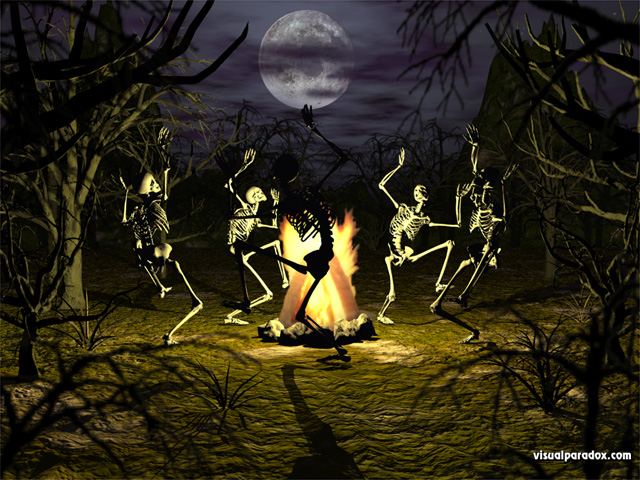

While there has not been any major evolution of the corrido, it has influenced many musical genres. Traditionally when corridistas played their corridos they would use familiar music and insert their lyrics. A more modern day example would be the University of Texas’ school song, “The Eyes of Texas.” The tune to which the university’s school song is sung to is “I’ve been working on the Railroad”. This popular tune was used along with the new lyrics and the school song was immortalized.
Using popular tunes for corridos is no longer common practice it has loaned itself to be used for new genres of music. We will show how corridos have influenced present day Mexican and Mexican-American music. We will show how Arpa Grande, Conjunto Norteño, Mariachi and Tejano have all been touched by this musical tradition.
In El Corrido Mexicano, Vicente Mendoza defines the corrido as “an epic-lyric narrative genre, in quartets of variable rhyme, either assonant or consonant in paired verses...” set to a musical form. While the origins of the corrido remain a debated and controversial topic, the corrido has significantly affected both Mexican and Mexican-American culture. One primary debate proves the argument of whether the corrido “Kiansis”, written circa the late 1860’s in the southwest regions of Texas, exists as the first corrido, or if the legend of Joaquin Murrieta that cites 1853 as its date exists as the first corrido.
The corrido often proves a source of entertainment for listeners, even though the song topics found within this form denote tribunal historic events and malicious characters. Moreover, the corrido serves to provide one with a sense of cultural identity and pride; for, this form unites listeners through its powerful lyrics that enable the preservation of past cultural events and family ancestry. However, the corridor does not aim to inform the public of an event, rather it offers an interpretation of certain well known past events that should exist as common-knowledge to the community.
The topics found within this musical genre incorporate
themes expanding past the Mexican and Mexican-American community. The gamut of
topics ranges from corridos about love and cultural clashing to drug smuggling
and immigrational issues. More notably, there are even corridos that promote a
certain figure (fictional or factual) to the realm of cultural iconicity, as
seen in such famous corridos of Joaquin Murrieta and Gregorio Cortez. Below are some common topics found in Corridos:
Taken from the from the Spanish verb correr, meaning “to run,” the corrido has an interesting structural form-- not uncommon to various forms of traditional Latin and Latin-American music. The typical corrido consists of eight quatrains that contain four to six lines, each of which is usually octosyllabic (8-syallables). While eight-syllables is considered standard for the typical corrido, some corridos may have as many as 20 syllables. The rhyme scheme usually exists in duple meter, where lines within the quatrain are paired in an either assonant or consonant-like manner. Corridos exhibit formulaic motifs and a general pattern exists for the construction of the ballad. These six characteristics or formulas most commonly occur in corridos:
The imminent influence of the corrido has infiltrated many genres of Mexican and Mexican-American music. We will now show specific examples with an emphasis on four particular subgenres or subcategories. These include: Arpa Grande, Conjunto Norteño, Mariachi, and Tejano. Although each of these categories proves unique, they all exhibit the tradition of the corrido being passed on into new musical genres.